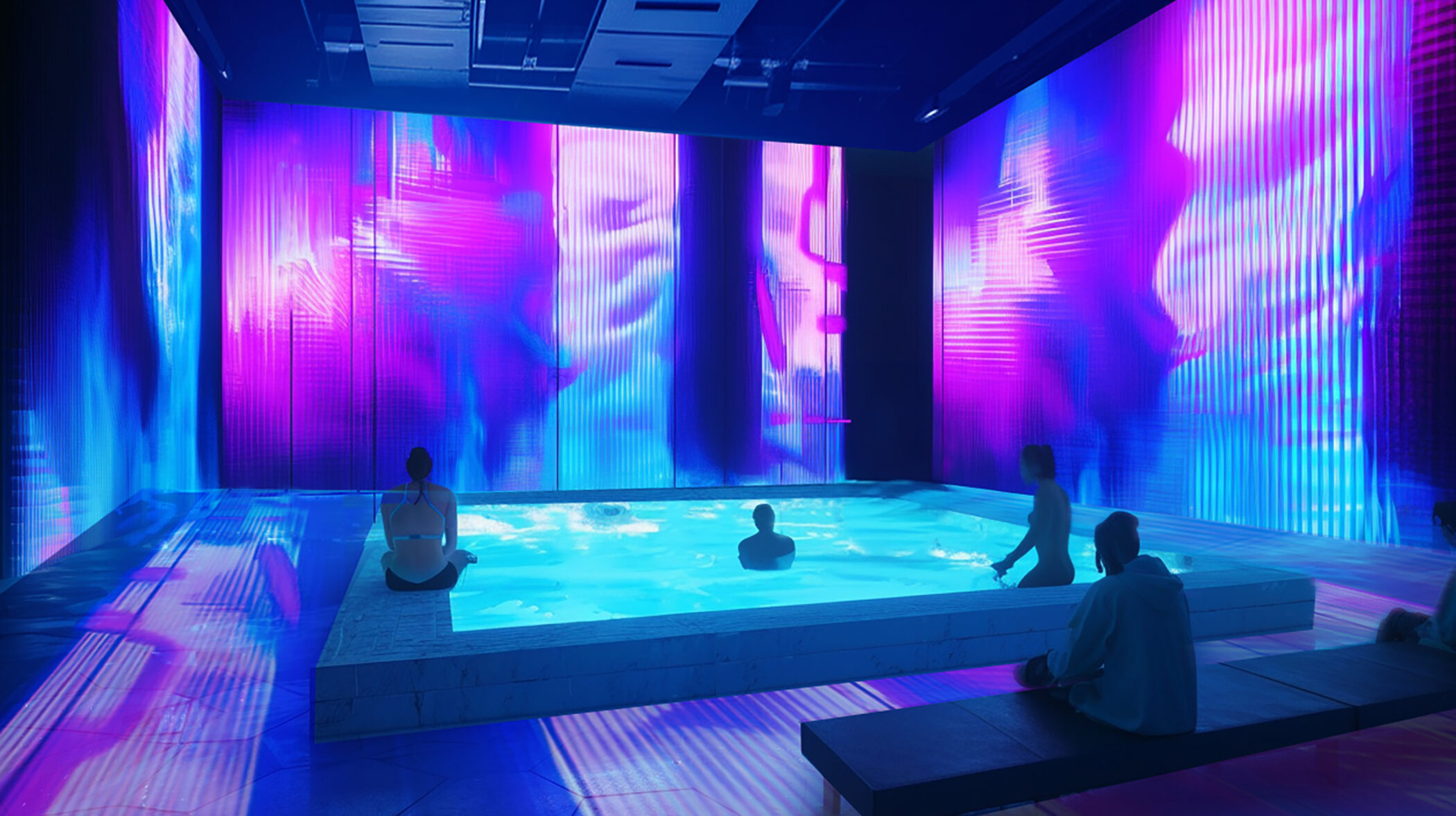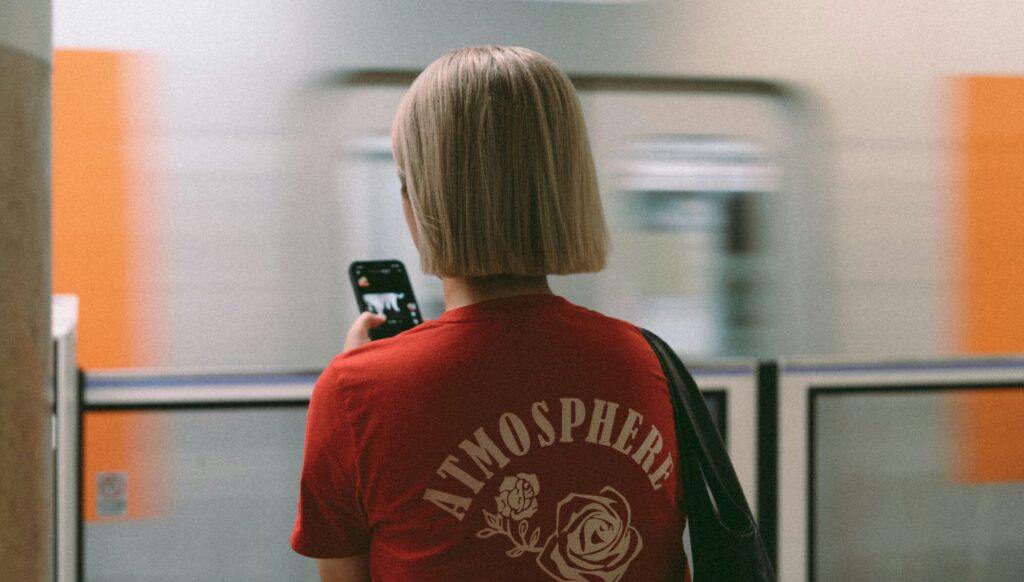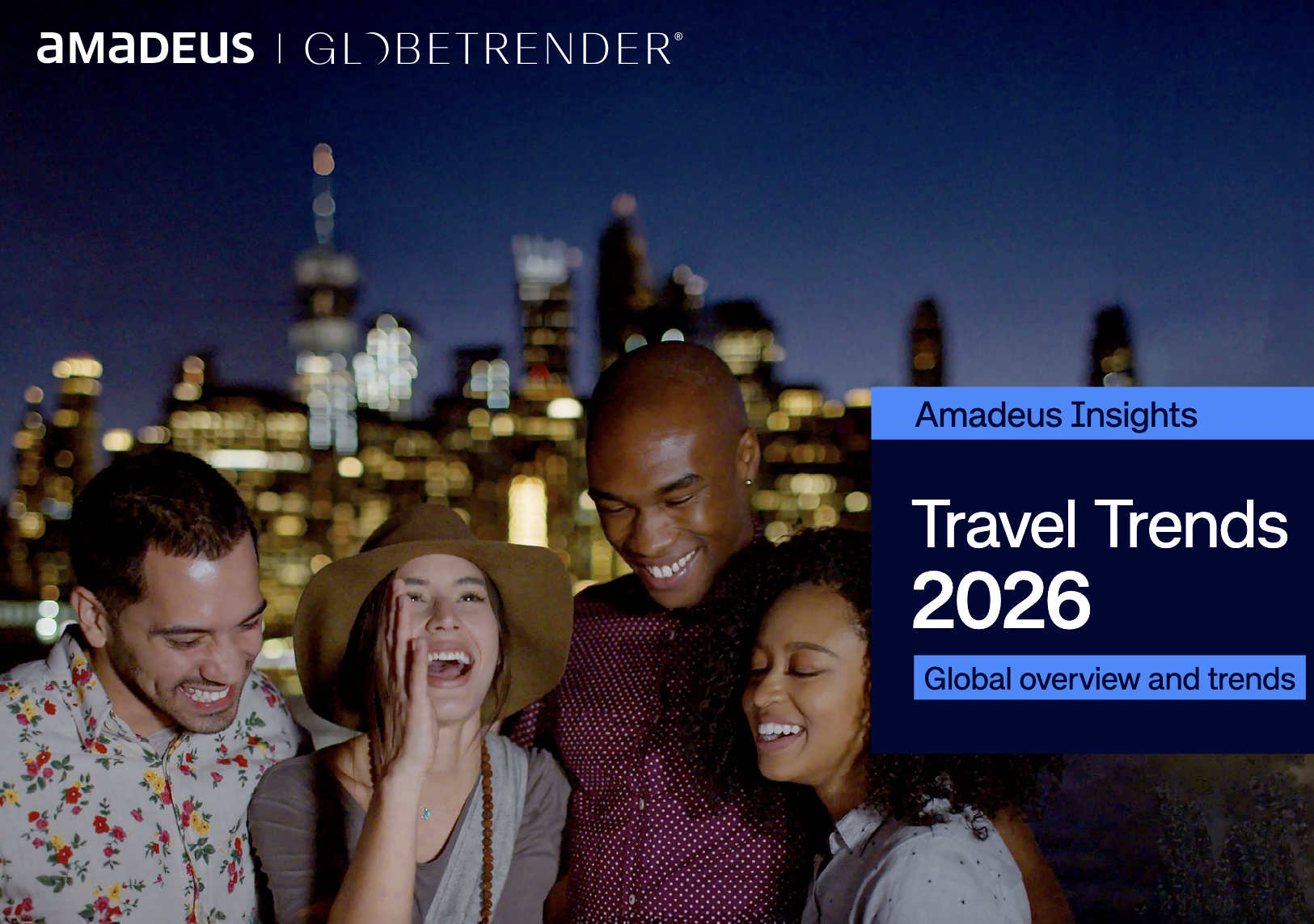Meta releases AI glasses controlled by hand gestures
Meta has unveiled three AI glasses models including one controlled by a wristband that reads hand gestures, Ray-Ban frames with an eight-hour battery life and Oakley sports glasses that record runs and rides automatically. Olivia Palamountain reports
Meta has launched a suite of new AI glasses, including one that reads electrical signals from your muscles to enable silent gesture control, eliminating the need for voice commands or physical buttons.
The Meta Ray-Ban Display model pairs with a neural wristband that detects hand movements, while updated Ray-Ban frames now offer eight hours of battery life - double the previous generation.
The Meta Ray-Ban Display glasses, available now for US$799, include a small screen visible to the wearer that's large enough to read text messages or watch short videos. The screen disappears after a few seconds when not in use to avoid distraction, positioned slightly to the side so it doesn't block your normal view.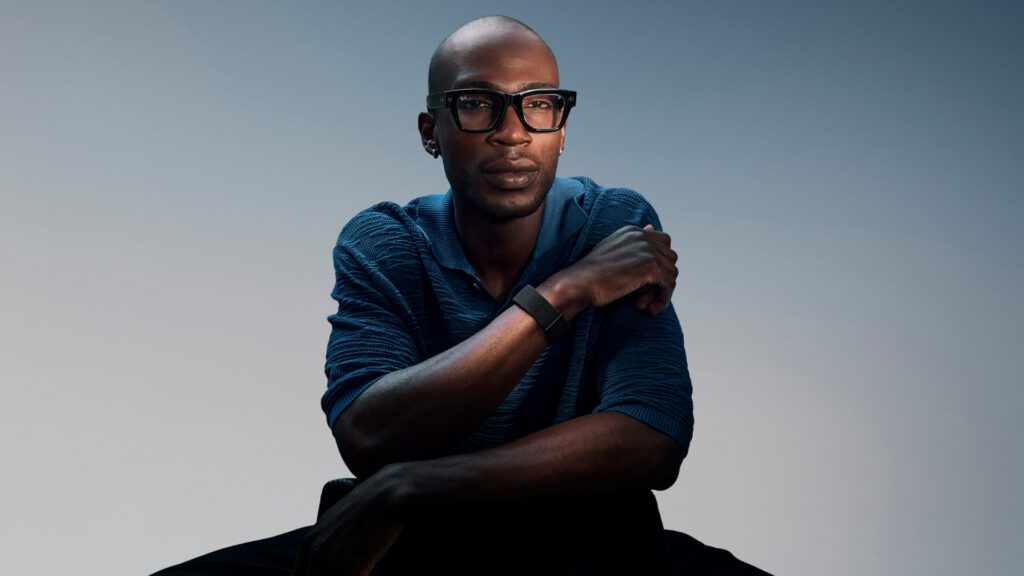 Each pair comes with a Meta Neural Band - a wristband that detects tiny electrical signals from your muscles as you move your hand. This lets you control the glasses with subtle gestures rather than talking to them or pressing buttons. The wristband lasts 18 hours on a single charge and is water-resistant.
Each pair comes with a Meta Neural Band - a wristband that detects tiny electrical signals from your muscles as you move your hand. This lets you control the glasses with subtle gestures rather than talking to them or pressing buttons. The wristband lasts 18 hours on a single charge and is water-resistant.
The technology behind the wristband, called surface electromyography, has been in Meta's research labs since 2021. The company demonstrated it in a prototype last year and published research findings in the science journal Nature before bringing it to market.
Updated Ray-Ban Meta glasses are available now from US$379, offering eight hours of use and sharper video recording that captures more than double the detail of the previous model. The frames come in three new seasonal colours and a limited-edition transparent style.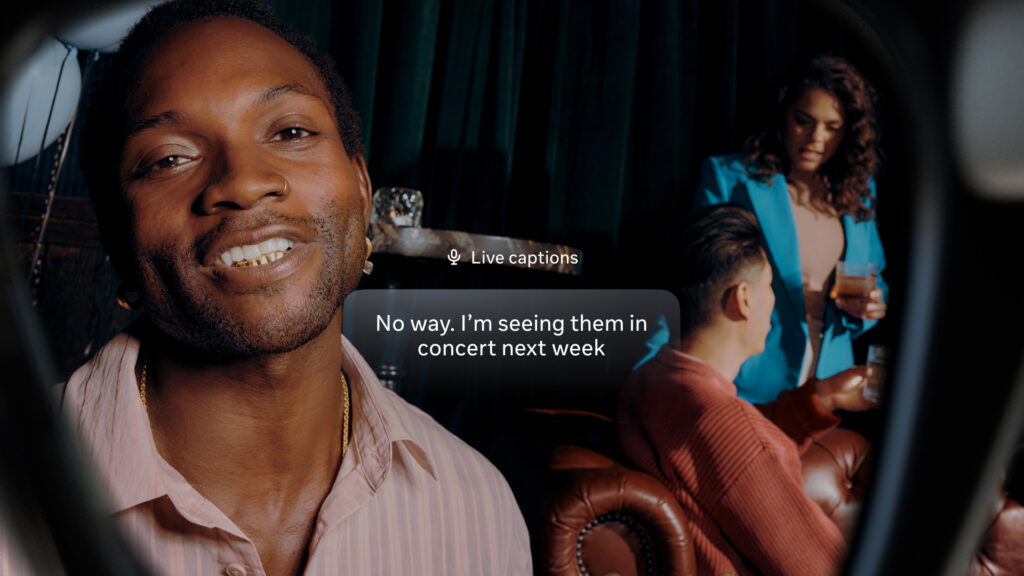 Meta is also adding a feature called conversation focus that helps you hear the person you're talking to in noisy places such as restaurants, trains or concerts. The glasses amplify their voice using the built-in speakers, and the feature will work on older Ray-Ban Meta and Oakley Meta HSTN glasses through a software update.
Meta is also adding a feature called conversation focus that helps you hear the person you're talking to in noisy places such as restaurants, trains or concerts. The glasses amplify their voice using the built-in speakers, and the feature will work on older Ray-Ban Meta and Oakley Meta HSTN glasses through a software update.
The company is working towards making its AI assistant available all day without needing to say "Hey Meta" to activate it. Currently this works for one to two hours, with Meta describing all-day availability as a technical challenge it's focusing on as it improves battery efficiency.
Oakley Meta Vanguard performance glasses, available for pre-order now at US$499 and launching October 21, are designed for high-intensity sports and outdoor activities. The frames last nine hours on a charge, resist sweat and can survive being briefly submerged in up to one metre of water. The camera sits in the centre with a wider view, and video stabilisation keeps footage smooth whether you're running trails or skiing. 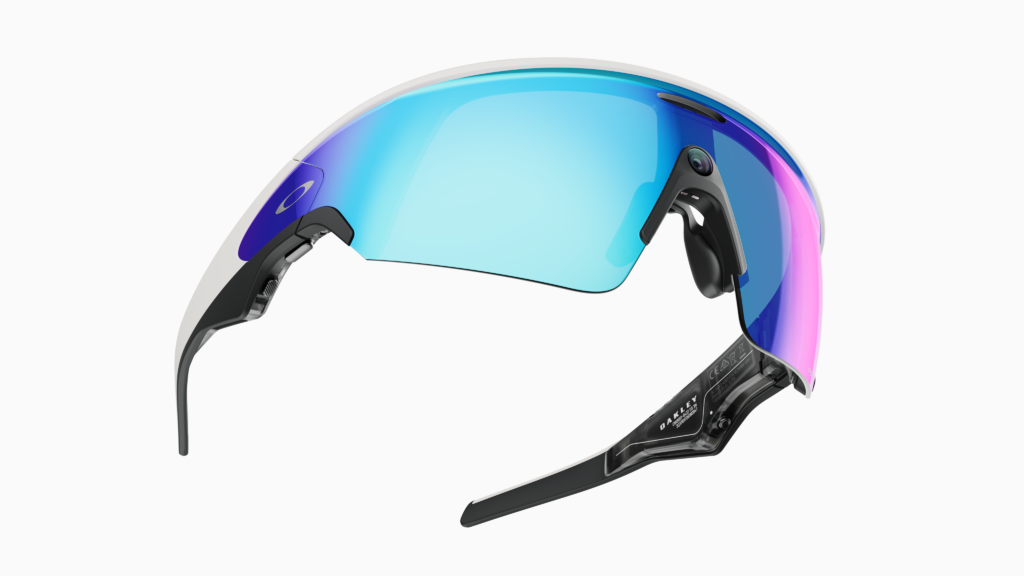
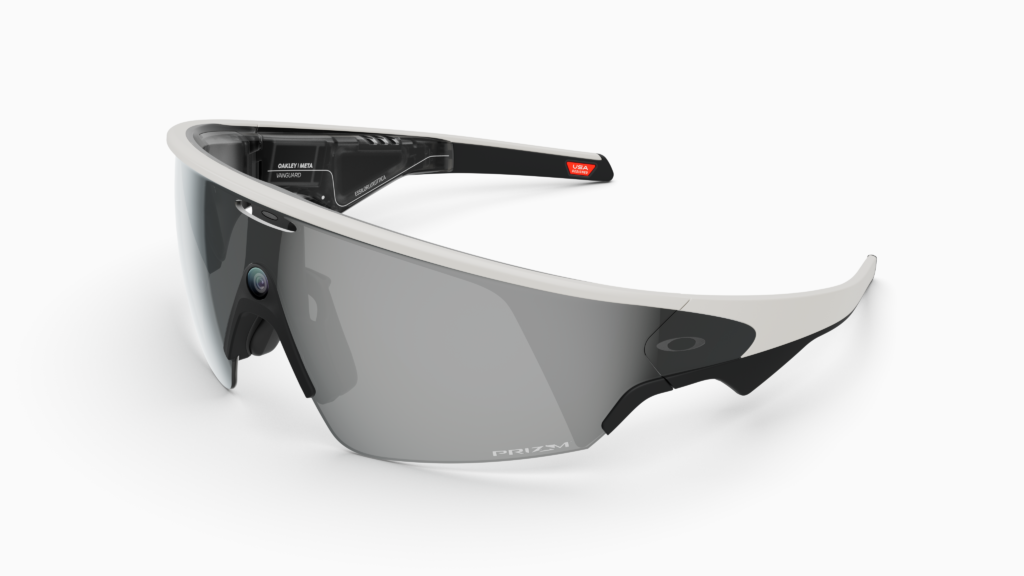 The Oakley model works with fitness apps Garmin and Strava, giving wearers workout statistics without needing to look at their phone. An automatic recording feature captures video when certain milestones are hit - think distance targets or speed bursts - and performance data can be added onto videos before sharing them.
The Oakley model works with fitness apps Garmin and Strava, giving wearers workout statistics without needing to look at their phone. An automatic recording feature captures video when certain milestones are hit - think distance targets or speed bursts - and performance data can be added onto videos before sharing them.
New recording modes including fast-motion Hyperlapse and Slow Motion work across all the latest glasses models. The Oakley Vanguard also has louder speakers and reduces wind noise for cycling and running in winds up to 30mph.
Meta is positioning the Oakley Vanguard as an alternative to dedicated sports watches and bike computers from companies like Garmin, which traditionally required separate wrist-worn devices for workout tracking. The automatic video capture based on your performance represents an unusual combination of fitness tracking and content creation in one device.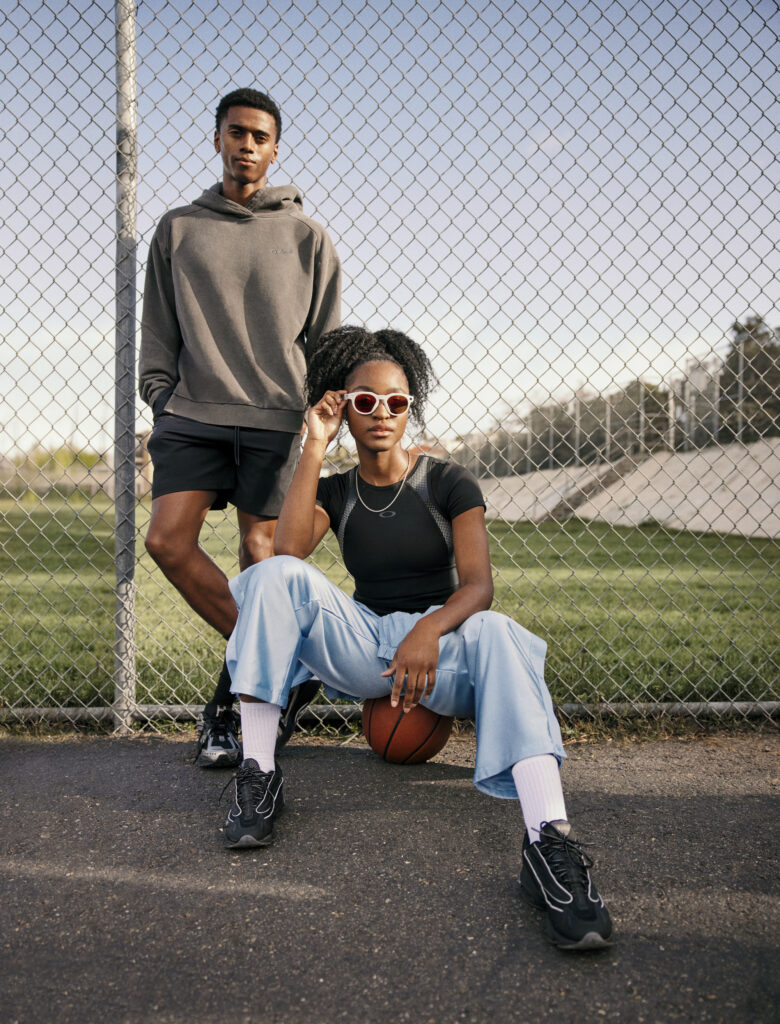
Meta has revealed that veterans' rehabilitation centres in the US are giving Ray-Ban Meta glasses to blind and low-vision veterans. Users ask the AI to describe what's around them through audio, helping them identify objects in rooms, read food labels or find things. The Blinded Veterans Association is creating a guide for using the glasses for daily activities and navigation.
The glasses also work with Be My Eyes, a service that connects blind or low-vision users with sighted volunteers who can see through the glasses' camera and help with tasks like grocery shopping or cooking. This feature is expanding to more countries and languages, and Meta is making it easier to use by letting people tap the side of the glasses instead of speaking a command.





